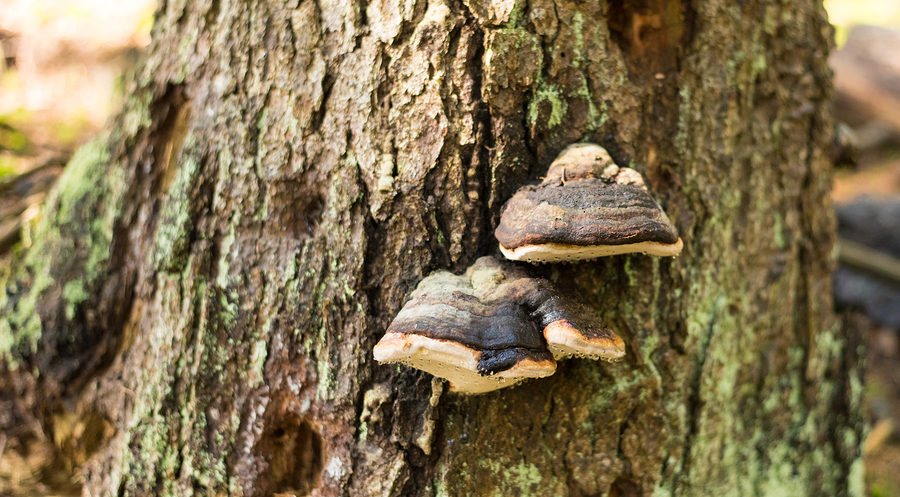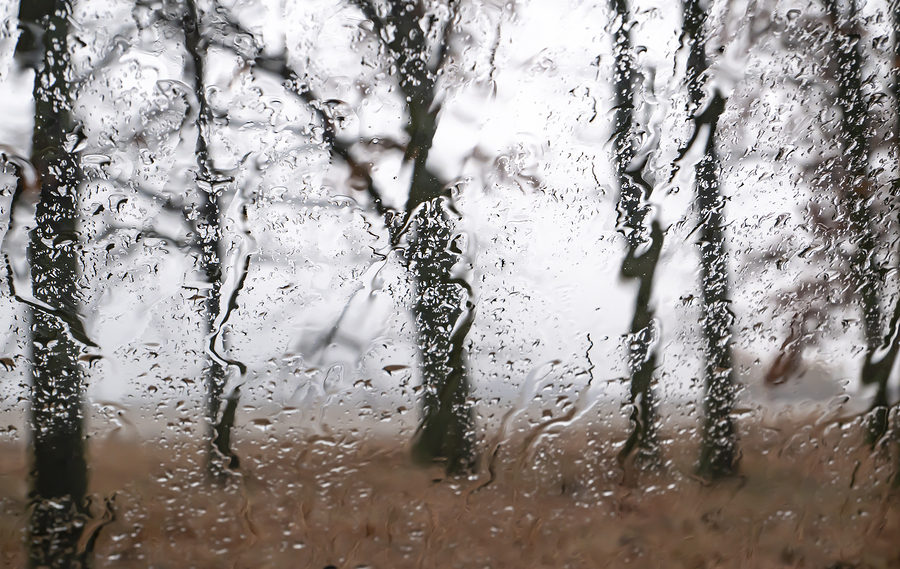The butt of a tree is the base of the tree, which is the thickest part of the trunk directly above the ground. It also happens to be a tree part that is highly vulnerable to disease, namely rot. Butt rot is one of the most common types of diseases that affects hardwood trees in North America. Continue reading to learn more about butt rot, including how to identify, control, treat, and prevent it in landscaping trees.

Butt Rot in Trees
Butt rot in trees is essentially root rot that eventually ends up as butt rot. It mostly affects hardwood trees; however, softwoods can also fall victim in the right circumstances. Often times, fungal outbreaks are to blame for root rot development, which also cause tree butt decay. This is more common in very old or mature trees that have suffered injuries to their root system or base.
Poor soil conditions are the biggest cause for root and butt rot to develop. Once afflicted with root rot, trees are much more susceptible to harsh weather conditions like storms, rain, heavy winds, extreme temperatures, and even the weight of snow and ice in the winter.
For this reason, it is a serious tree disease that should be addressed as soon as possible, especially if the tree is large and located near structures or high traffic areas, like sidewalks, cars, and houses. Furthermore, it is wise to both treat and prevent root and butt rot in your landscaping trees.
Butt Rot Identification
Butt rot is not always clearly evident, so it is important to do a series of visual inspections over the course of a few years to determine an outbreak. Keep in mind that it may take up to 4 or 5 years for a tree to start showing symptoms. The most tell-tale sign of tree butt rot is conk growth (see image above) at the base, which are shell-like fruiting bodies of fungi. Additional symptoms of butt rot in trees include crown die back, leaf discoloration or loss, and an overall unhealthy appearance.
Treatment and Prevention
Although a tree with butt or root rot can potentially survive for several years, they are safety hazards that should be removed upon diagnosis. You see, there is no treatment for butt rot or root rot. There are some studies that suggest crown reduction by pruning and fertilization might help a tree live longer, this is not proven. Unfortunately, butt rot can only be controlled by taking the proper preventative measures. Common methods of prevention include removing the stumps and root balls of trees that have be removed as a result of root rot, as well as, sterilizing the soil around the tree with an approved pesticide.
Where to Get Affordable Tree Removal in Noblesville Indiana
Call 317-537-9770 for trusted and affordable tree removal in Noblesville, Indiana. We provide a wide range of residential and commercial tree services at the most competitive prices in town. From tree removal and tree trimming, to stump grinding, stump removal, and more, we are fully-equipped to meet all your tree service needs at a price you can afford. In fact, be sure you check out our tree service coupons and discounts too!


